Recent advancements in solar technology have made Solar Phone Chargers more efficient and accessible than ever. This article provides an in-depth analysis of market trends, key features, and supplier considerations. Professional buyers will find valuable insights to navigate the evolving landscape and make strategic purchasing decisions.
Table of Contents:
– Understanding the Growth of Solar Phone Chargers Market
– Consumer Preferences and Behavior
– Key Features to Consider in Solar Phone Chargers
– Types of Solar Phone Chargers
– Evaluating Quality and Performance
– Choosing the Right Supplier
– Wrapping Up
Understanding the Growth of Solar Phone Chargers Market
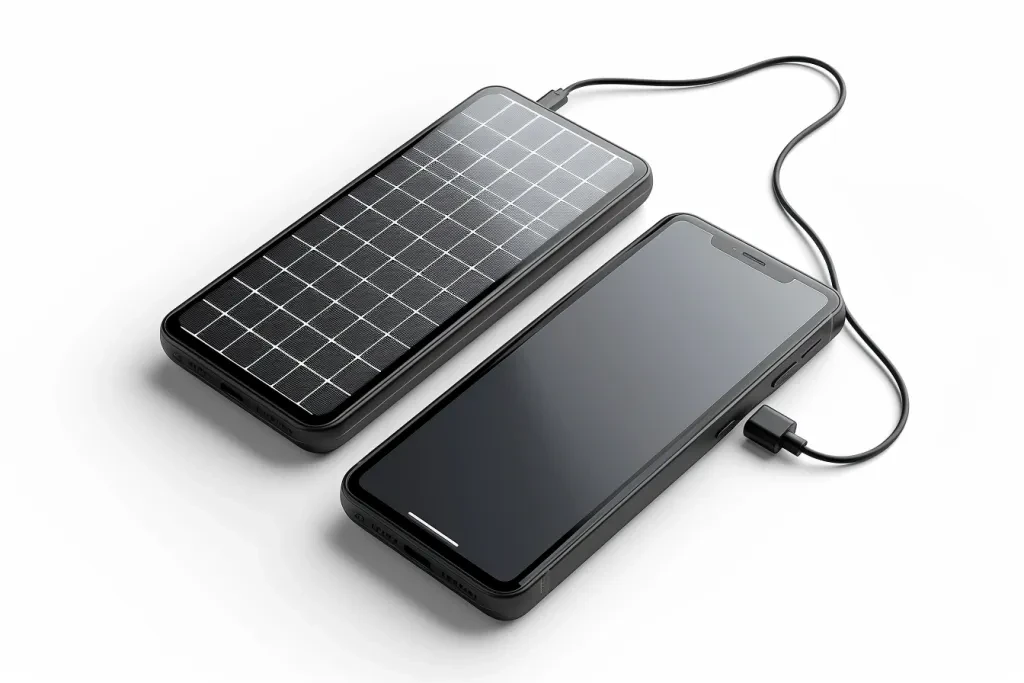
Market Size and Projections
The global market for solar phone chargers has been experiencing significant growth. In 2023, the market size was valued at approximately USD 1.2 billion. According to Research and Markets, this market is projected to reach USD 2.8 billion by 2028, growing at a compound annual growth rate (CAGR) of 18.5%. This growth is driven by increasing consumer awareness of renewable energy sources and the rising demand for portable and sustainable charging solutions.
The adoption of solar phone chargers is expected to accelerate further in 2025 and beyond. Factors such as advancements in solar panel efficiency and battery storage technology are contributing to this trend. For instance, the integration of high-efficiency monocrystalline solar panels in chargers has improved energy conversion rates, making these devices more reliable and efficient. Additionally, the decreasing cost of solar technology is making solar phone chargers more accessible to a broader consumer base.
Key Market Drivers
Several key drivers are propelling the growth of the solar phone chargers market. One of the primary drivers is the increasing emphasis on environmental sustainability. As reported by the International Energy Agency (IEA), global renewable electricity capacity is expected to increase by over 60% by 2026, with solar PV contributing more than half of this growth. This shift towards renewable energy sources is encouraging consumers to adopt eco-friendly products like solar phone chargers.
Another significant driver is the rising cost of conventional energy sources. As energy prices continue to climb, consumers are seeking cost-effective alternatives. Solar phone chargers offer a one-time investment with minimal ongoing costs, making them an attractive option. Additionally, government incentives and policies promoting the use of renewable energy are further boosting the market. For example, various tax credits and subsidies are available for solar products, making them more affordable for consumers.
Regional Analysis
The adoption of solar phone chargers varies significantly across different regions. Asia-Pacific is currently the largest market, driven by high population density and increasing smartphone penetration. Countries like China and India are leading the charge, with substantial investments in renewable energy infrastructure. According to Research and Markets, the Asia-Pacific region is expected to maintain its dominance, with a projected CAGR of 20.3% from 2023 to 2028.
North America and Europe are also significant markets for solar phone chargers. In North America, the United States is the largest market, supported by strong consumer awareness and favorable government policies. Europe, on the other hand, is driven by stringent environmental regulations and a high level of environmental consciousness among consumers. Both regions are expected to see steady growth, with CAGRs of 16.7% and 17.5%, respectively, over the forecast period.
Consumer Preferences and Behavior
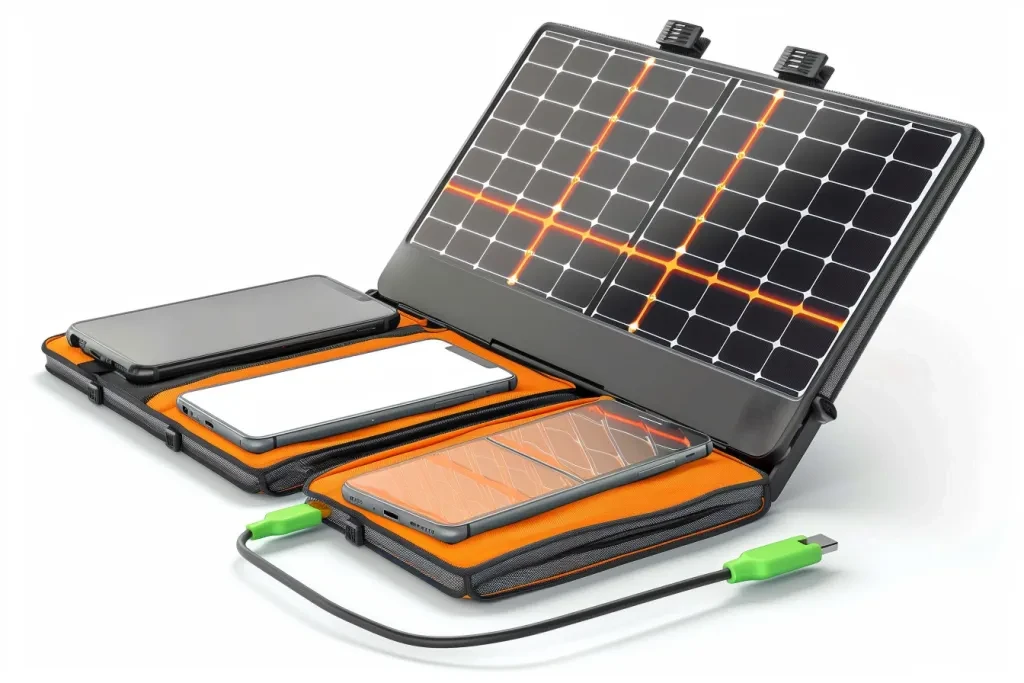
Adoption Rates
The adoption rates of solar phone chargers are influenced by several factors, including technological advancements and consumer awareness. In 2023, the adoption rate was estimated at around 15% globally. This rate is expected to increase to 35% by 2028, as more consumers become aware of the benefits of solar technology. The integration of advanced features such as fast charging and wireless capabilities is also driving adoption.
Technological improvements in solar panels and battery storage are making solar phone chargers more efficient and reliable. For instance, the use of polycrystalline solar panels has increased energy conversion rates by approximately 25%, as reported by Research and Markets. These advancements are making solar phone chargers a viable alternative to traditional chargers, especially in regions with abundant sunlight.
Demographics and Usage Patterns
The demographics of solar phone charger users are diverse, spanning various age groups and income levels. However, younger consumers, particularly those aged 18-35, are the primary adopters. This demographic is more environmentally conscious and tech-savvy, making them more likely to invest in sustainable technologies. Additionally, outdoor enthusiasts and travelers are significant users of solar phone chargers, as these devices provide a reliable power source in remote locations.
Usage patterns indicate that solar phone chargers are primarily used for charging smartphones and other portable devices such as tablets and cameras. The convenience of having a portable and renewable power source is a major factor driving usage. Moreover, the increasing trend of remote work and digital nomadism is contributing to the demand for solar phone chargers. As more people work from various locations, the need for reliable and sustainable charging solutions is becoming more critical.
Key Features to Consider in Solar Phone Chargers
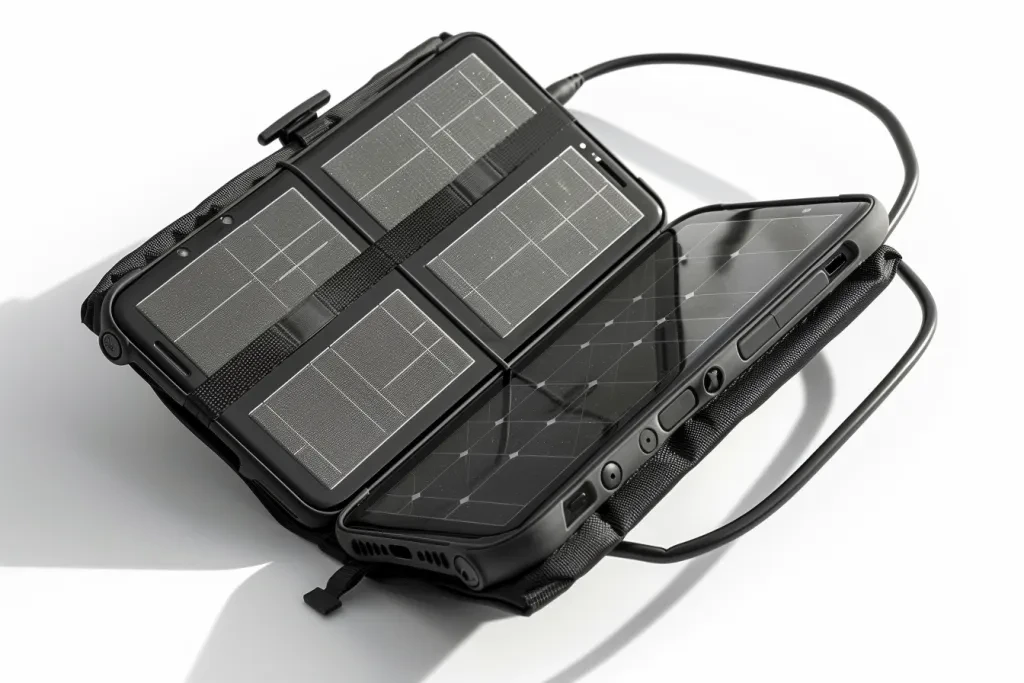
Charging Capacity and Efficiency
When evaluating solar phone chargers, charging capacity and efficiency are paramount. The charging capacity, measured in milliampere-hours (mAh), determines how much power the charger can store and subsequently deliver to your devices. For instance, a solar charger with a capacity of 20,000 mAh can charge a typical smartphone multiple times before needing a recharge. Efficiency, on the other hand, refers to how effectively the solar panels convert sunlight into usable electrical energy. High-efficiency panels, often made from monocrystalline silicon, can achieve conversion rates of up to 23%, ensuring faster and more reliable charging even in less-than-ideal sunlight conditions.
Efficiency is also influenced by the presence of Maximum Power Point Tracking (MPPT) technology. MPPT optimizes the power output from the solar panels by adjusting the electrical operating point of the modules or array. This technology can significantly enhance the charging speed and overall performance of the solar charger, especially in fluctuating sunlight conditions. Additionally, some advanced solar chargers incorporate dual USB ports with intelligent charging technology, allowing simultaneous charging of multiple devices while ensuring optimal power distribution.
Portability and Design
Portability and design are critical factors for users who need to charge their devices on the go. A lightweight and compact design ensures that the solar charger can be easily carried in a backpack or attached to the outside of a bag for continuous charging while hiking or traveling. Foldable solar chargers are particularly popular due to their ability to expand for maximum solar exposure and fold down to a manageable size for transport. For example, a foldable solar charger with a weight of around 1.5 pounds and dimensions of 11 x 6.3 x 1.3 inches when folded can be highly convenient for outdoor enthusiasts.
The design also encompasses the durability and user-friendliness of the charger. Features such as built-in stands or hooks can facilitate optimal positioning towards the sun, enhancing charging efficiency. Additionally, some models come with integrated LED indicators that provide real-time feedback on the charging status and battery level. A well-designed solar charger not only maximizes functionality but also ensures ease of use and convenience for the user.
Durability and Weather Resistance
Durability and weather resistance are essential for solar phone chargers, especially for outdoor use. High-quality materials such as rugged ABS plastic and industrial-strength PET polymer ensure that the charger can withstand harsh conditions. For instance, a solar charger with an IPX4 rating can resist water splashes from any direction, making it suitable for use in rainy or humid environments. Additionally, reinforced corners and shock-absorbing materials can protect the charger from drops and impacts, enhancing its longevity.
Weather resistance also includes protection against UV radiation and extreme temperatures. Solar panels with UV-resistant coatings can maintain their efficiency and structural integrity even after prolonged exposure to sunlight. Furthermore, chargers designed to operate within a wide temperature range, typically from -20°C to 60°C, can function reliably in various climates. These features ensure that the solar charger remains operational and effective, regardless of the environmental conditions.
Connectivity and Compatibility
Connectivity and compatibility are crucial for ensuring that the solar charger can power a wide range of devices. Most solar chargers come equipped with multiple output ports, including USB-A, USB-C, and sometimes DC ports, to accommodate different types of devices. For example, a solar charger with both USB-A and USB-C ports can charge smartphones, tablets, and even some laptops. Additionally, chargers that support Quick Charge (QC) and Power Delivery (PD) protocols can provide faster charging speeds for compatible devices.
Compatibility also extends to the ability to charge devices with varying power requirements. Some advanced solar chargers feature smart charging technology that automatically detects the connected device and delivers the optimal charging current. This not only ensures efficient charging but also protects the device from overcharging and overheating. By offering versatile connectivity options and intelligent charging capabilities, a solar charger can meet the diverse needs of modern users.
Types of Solar Phone Chargers
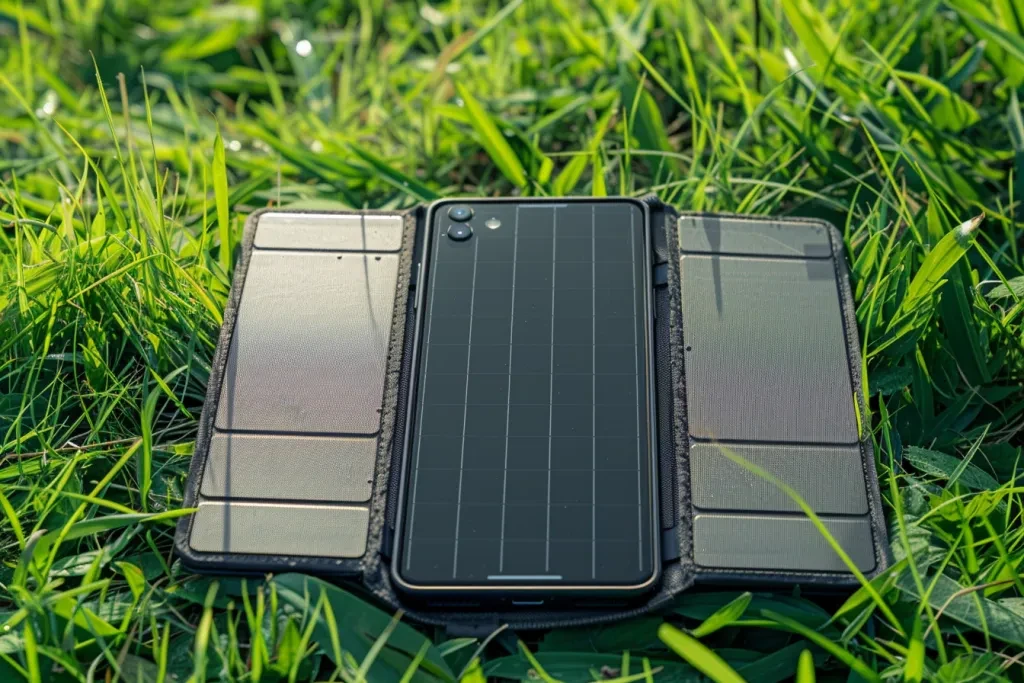
Portable Solar Chargers
Portable solar chargers are designed for users who need a lightweight and compact solution for charging their devices on the go. These chargers typically feature a small form factor and are equipped with high-efficiency solar panels that can be easily carried in a backpack or pocket. For instance, a portable solar charger with a capacity of 10,000 mAh and dimensions of 5.9 x 3.1 x 0.7 inches can provide a convenient power source for outdoor activities such as hiking, camping, and traveling.
Despite their small size, portable solar chargers often come with advanced features such as dual USB ports and built-in LED flashlights. These additional functionalities enhance the versatility of the charger, making it a valuable tool for emergency situations. Moreover, some models are designed with rugged materials and water-resistant coatings, ensuring durability and reliability in various environmental conditions.
Foldable Solar Chargers
Foldable solar chargers offer a balance between portability and charging capacity. These chargers consist of multiple solar panels that can be unfolded to capture maximum sunlight and folded down to a compact size for easy transport. A typical foldable solar charger might have dimensions of 11 x 6.3 x 1.3 inches when folded and expand to 33 x 11 x 0.2 inches when fully opened. This design allows users to harness more solar energy, resulting in faster and more efficient charging.
In addition to their expandable design, foldable solar chargers often feature multiple output ports, including USB-A, USB-C, and DC ports, to accommodate a wide range of devices. Some models also incorporate smart charging technology that optimizes the power output based on the connected device. This ensures efficient and safe charging, making foldable solar chargers an ideal choice for users who need a versatile and powerful charging solution.
Solar Power Banks
Solar power banks combine the functionality of a traditional power bank with the added benefit of solar charging. These devices are equipped with built-in solar panels that can recharge the internal battery using sunlight, providing a renewable and portable power source. A solar power bank with a capacity of 20,000 mAh, for example, can charge a smartphone multiple times before needing a recharge. This makes it an excellent option for extended outdoor trips or emergency situations.
In addition to their high capacity, solar power banks often come with multiple output ports and advanced features such as wireless charging and LED flashlights. Some models also include rugged designs with water-resistant and shockproof materials, ensuring durability in harsh conditions. By offering a reliable and versatile power source, solar power banks cater to the needs of users who require both portability and high charging capacity.
Evaluating Quality and Performance
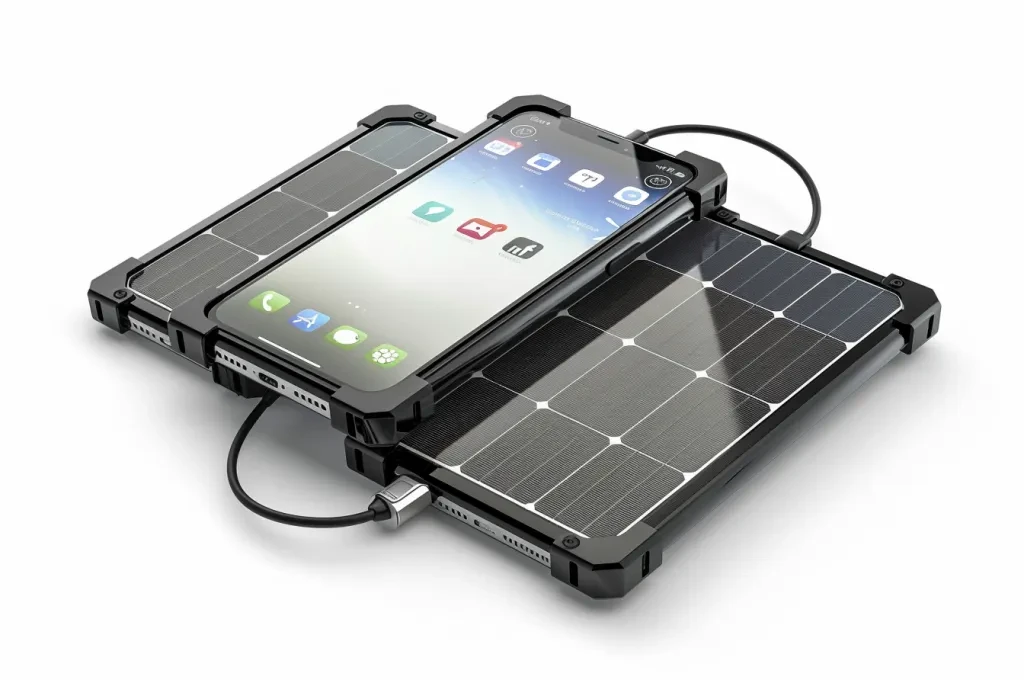
Certifications and Standards
Certifications and standards are critical indicators of the quality and safety of solar phone chargers. Products that comply with international standards such as CE, RoHS, and FCC certifications ensure that the charger meets stringent safety and environmental requirements. For instance, CE certification indicates conformity with health, safety, and environmental protection standards for products sold within the European Economic Area. Similarly, RoHS compliance ensures that the charger is free from hazardous substances, making it environmentally friendly.
In addition to these certifications, some solar chargers may also feature IP ratings that denote their resistance to dust and water. An IP67 rating, for example, indicates that the charger is completely dust-tight and can withstand immersion in water up to 1 meter for 30 minutes. These certifications and standards provide assurance that the solar charger is built to high-quality specifications and can operate safely and reliably in various conditions.
Performance Metrics
Performance metrics such as charging speed, efficiency, and capacity are essential for evaluating the effectiveness of a solar phone charger. Charging speed is typically measured in watts (W) and indicates how quickly the charger can replenish the battery of a connected device. High-efficiency solar panels, often made from monocrystalline silicon, can achieve conversion rates of up to 23%, ensuring faster charging even in low-light conditions. Additionally, the capacity of the charger, measured in milliampere-hours (mAh), determines how much power it can store and deliver to devices.
Other important performance metrics include the presence of Maximum Power Point Tracking (MPPT) technology, which optimizes the power output from the solar panels, and the number of output ports available. Chargers with multiple ports, including USB-A, USB-C, and DC ports, offer greater versatility and can charge multiple devices simultaneously. By considering these performance metrics, users can select a solar charger that meets their specific needs and provides reliable and efficient charging.
Warranty and Customer Support
Warranty and customer support are crucial factors to consider when evaluating the quality and reliability of a solar phone charger. A comprehensive warranty, typically ranging from 12 to 24 months, provides assurance that the manufacturer stands behind the product and will address any defects or issues that may arise. For example, a solar charger with a 24-month warranty offers extended protection and peace of mind for the user.
In addition to the warranty, responsive and knowledgeable customer support is essential for addressing any questions or concerns that may arise during the use of the charger. Manufacturers that offer prompt and helpful customer service can enhance the overall user experience and ensure that any issues are resolved quickly and efficiently. By considering the warranty and customer support, users can select a solar charger that offers both quality and reliability.
Choosing the Right Supplier
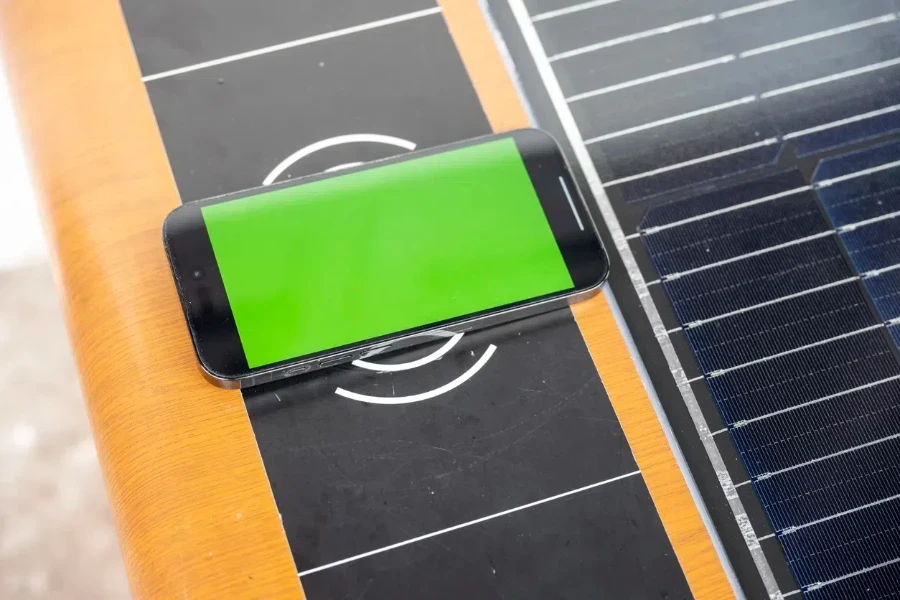
Supplier Reputation and Reviews
When selecting a supplier for solar phone chargers, reputation and reviews play a significant role in ensuring product quality and reliability. A supplier with a strong reputation in the industry is likely to offer high-quality products and reliable customer service. Researching online reviews and testimonials from other business buyers can provide valuable insights into the supplier’s performance and customer satisfaction. For instance, a supplier with consistently positive reviews and high ratings is more likely to deliver products that meet or exceed expectations.
In addition to online reviews, it is beneficial to check if the supplier has any industry certifications or awards. These accolades can serve as further validation of the supplier’s commitment to quality and excellence. By choosing a reputable supplier with a proven track record, business buyers can minimize the risk of receiving subpar products and ensure a smooth and satisfactory purchasing experience.
Pricing and Bulk Purchase Options
Pricing and bulk purchase options are critical considerations for business buyers looking to maximize value and cost-effectiveness. Suppliers that offer competitive pricing and discounts for bulk orders can provide significant savings, especially for wholesalers and retailers. For example, a supplier that offers tiered pricing based on order quantity can help buyers achieve better margins and improve profitability. Additionally, some suppliers may offer special promotions or incentives for large orders, further enhancing the value proposition.
It is also important to consider the total cost of ownership, including shipping fees, import duties, and any additional charges. Transparent pricing and clear communication about all associated costs can help buyers make informed decisions and avoid unexpected expenses. By evaluating pricing and bulk purchase options, business buyers can select a supplier that offers the best combination of quality, value, and cost-effectiveness.
After-Sales Service
After-sales service is a crucial aspect of the supplier relationship, ensuring ongoing support and assistance after the purchase. A supplier that offers comprehensive after-sales service, including technical support, warranty claims, and replacement parts, can enhance the overall customer experience and ensure long-term satisfaction. For instance, a supplier with a dedicated customer support team that is readily available to address any issues or concerns can provide valuable peace of mind for business buyers.
In addition to technical support, after-sales service may also include training and resources to help buyers effectively use and maintain the solar phone chargers. Suppliers that offer detailed user manuals, instructional videos, and troubleshooting guides can empower buyers to maximize the performance and longevity of their products. By prioritizing after-sales service, business buyers can establish a strong and supportive relationship with their supplier, ensuring ongoing success and satisfaction.
Wrapping Up
Selecting the right solar phone charger involves careful consideration of key features, types, quality, and supplier factors. By evaluating these aspects, business buyers can make informed decisions that ensure reliable and efficient charging solutions for their customers.





 Afrikaans
Afrikaans አማርኛ
አማርኛ العربية
العربية বাংলা
বাংলা Nederlands
Nederlands English
English Français
Français Deutsch
Deutsch हिन्दी
हिन्दी Bahasa Indonesia
Bahasa Indonesia Italiano
Italiano 日本語
日本語 한국어
한국어 Bahasa Melayu
Bahasa Melayu മലയാളം
മലയാളം پښتو
پښتو فارسی
فارسی Polski
Polski Português
Português Русский
Русский Español
Español Kiswahili
Kiswahili ไทย
ไทย Türkçe
Türkçe اردو
اردو Tiếng Việt
Tiếng Việt isiXhosa
isiXhosa Zulu
Zulu